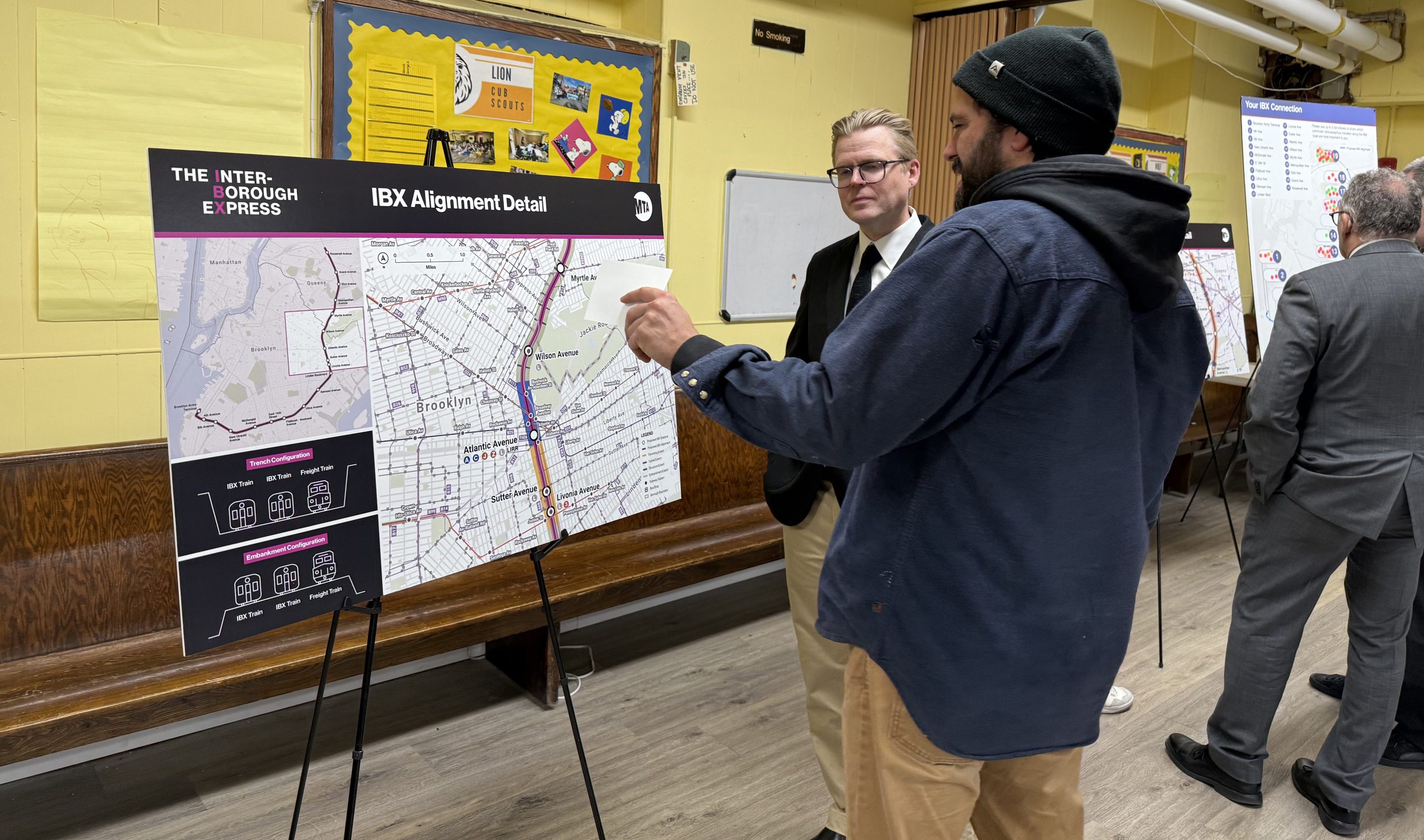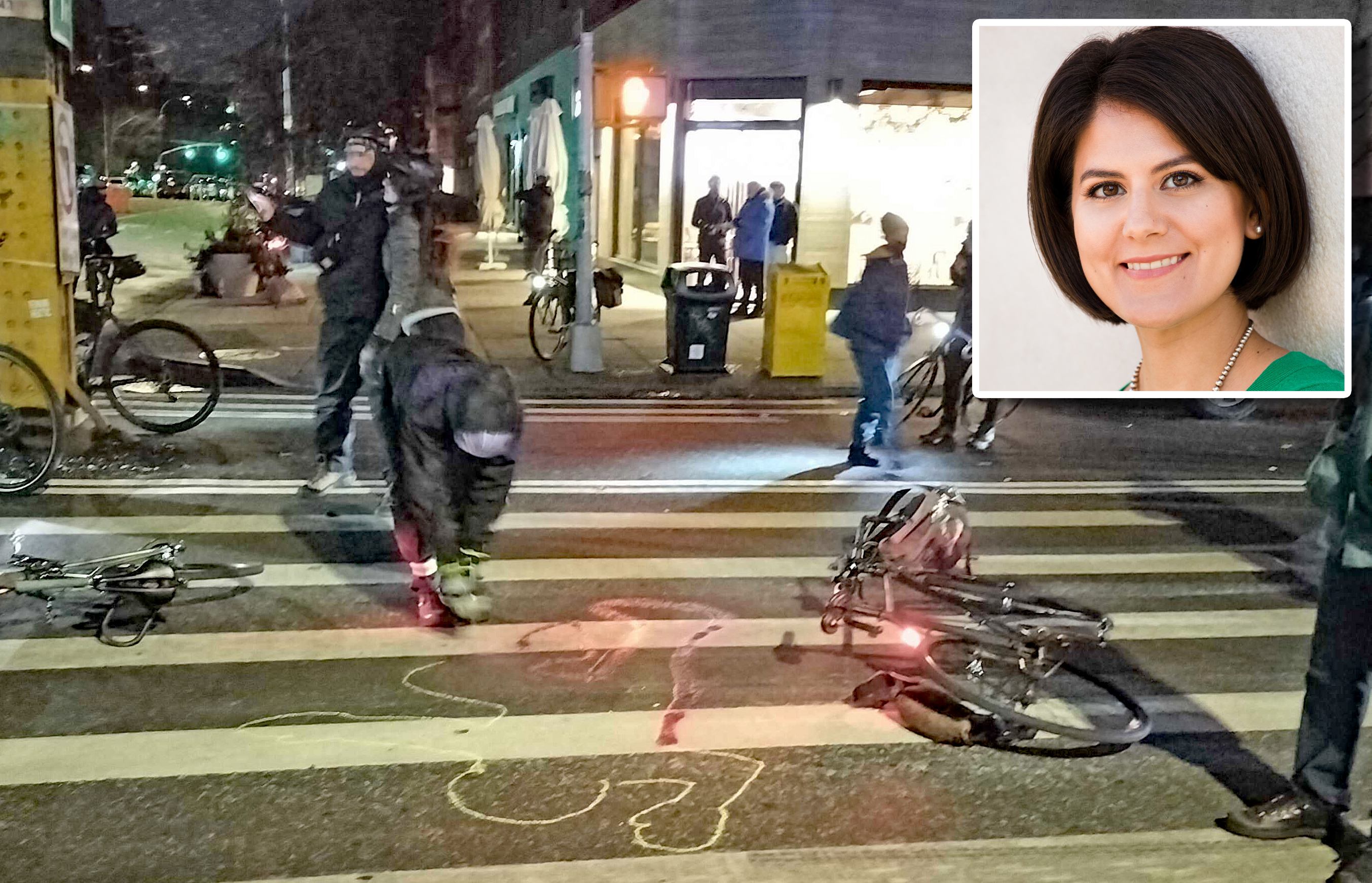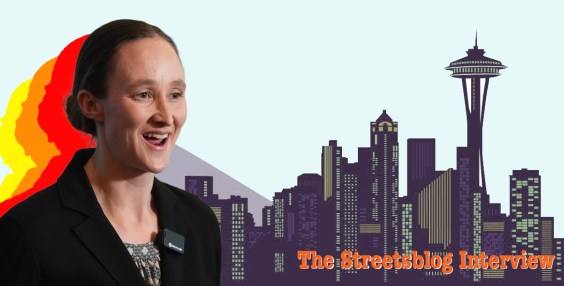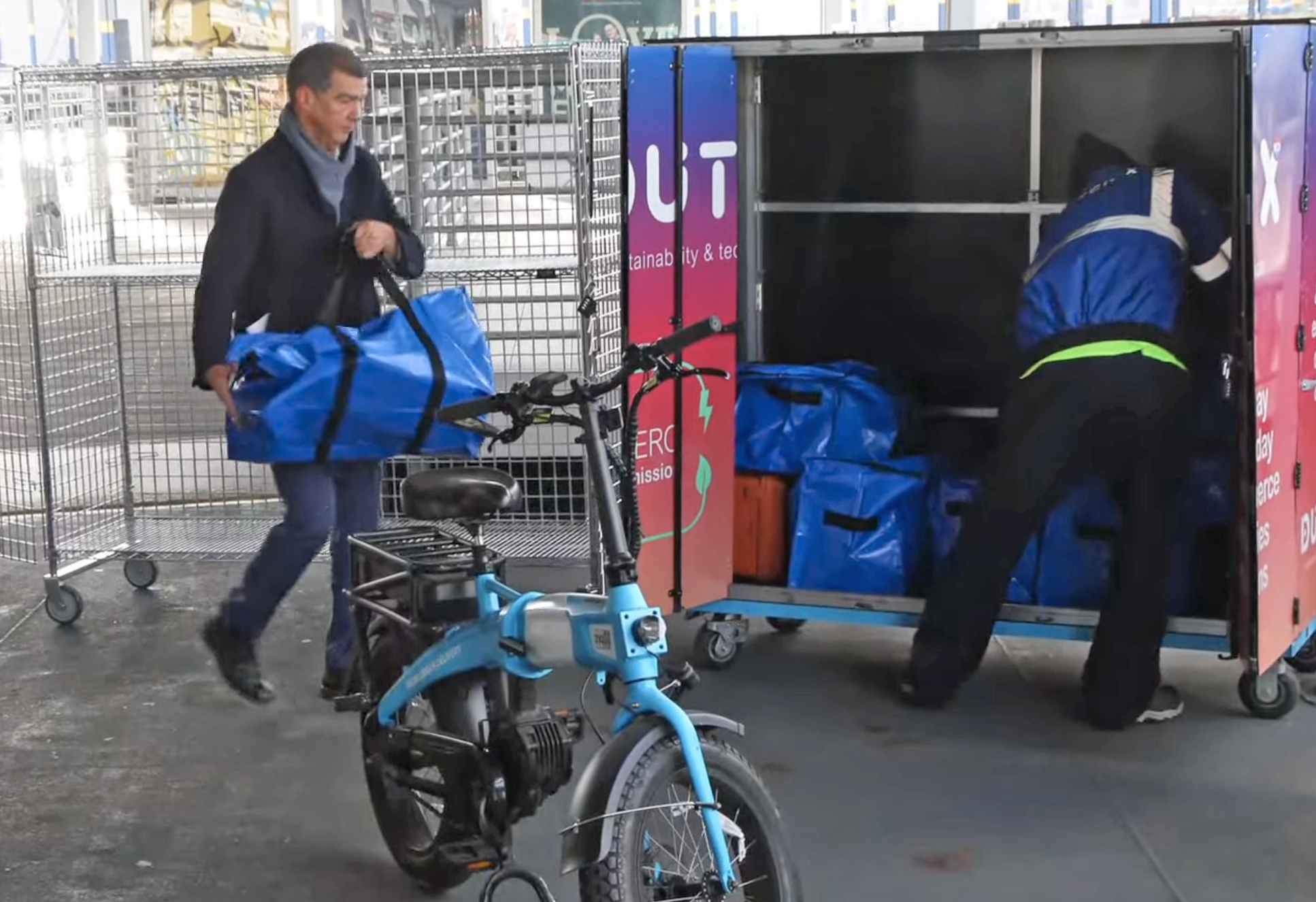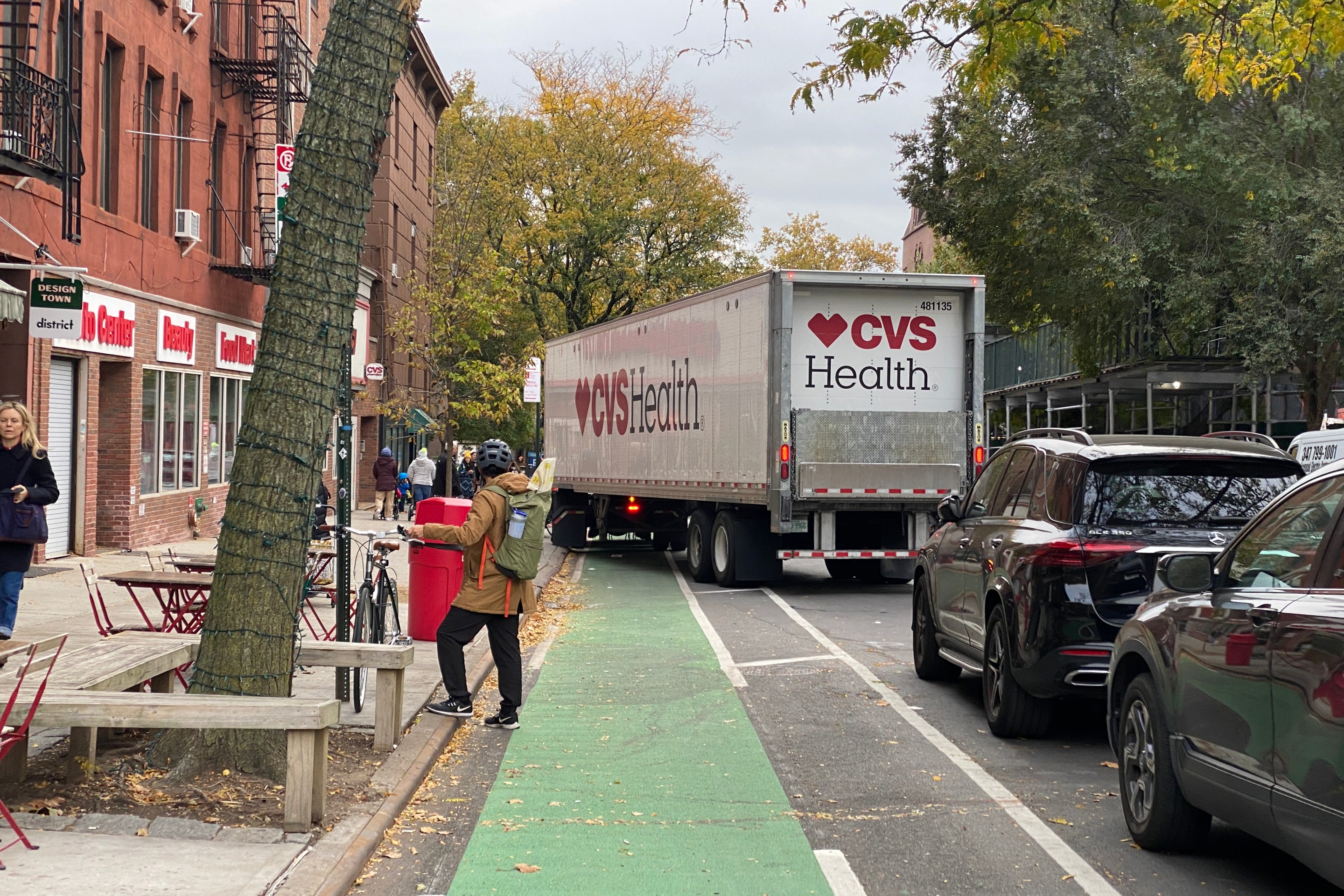Tell me if you’ve heard this before: No one is going to use the new train — and it will bring endless waves of drugs and crime and homeless people. The train will jack up real estate prices — and turn surrounding neighborhoods into polluted and dangerous hell-holes that no one wants to live in.
That's more or less how dozens of opponents of the MTA’s Interborough Express light-rail project presented their contradictory and confusing case at an open house in Middle Village on Wednesday night. In short, these particular NIMBYs complain that their Central Queens neighborhood is a transit desert, but they definitely don't want any irrigation.
The all-electric train would run on under-used freight lines comprising a circumferential route between Roosevelt Avenue in Jackson Heights and the Brooklyn Army Terminal in Sunset Park. The MTA plans to build two centrally located stations in Middle Village, on Metropolitan Avenue and Eliot Avenue, filling the largest void of the subway map.
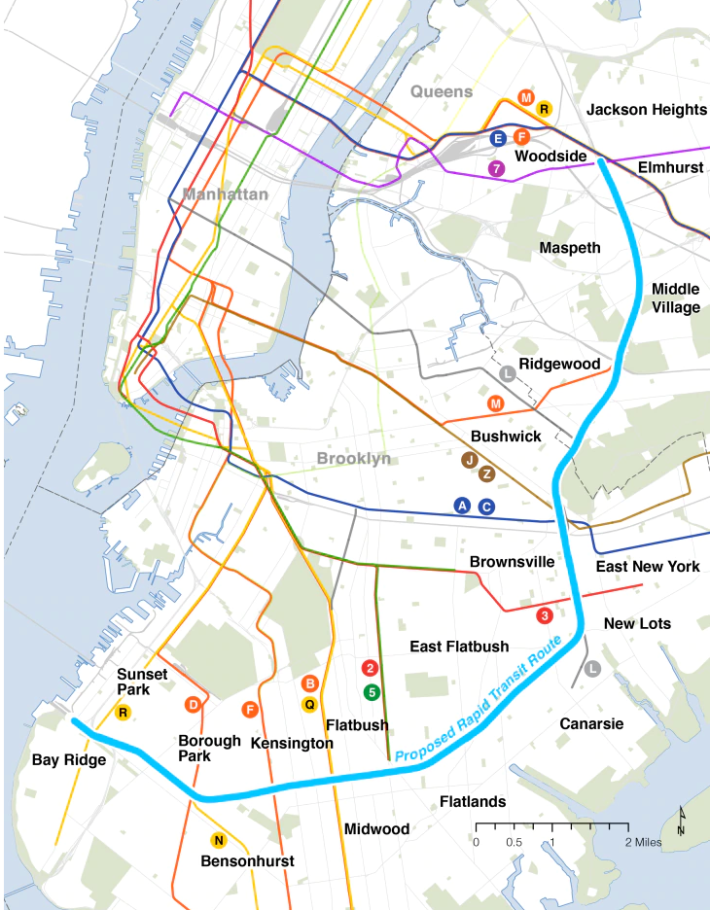
The MTA scheduled Wednesday night’s meeting to gather feedback on certain aspects of the IBX — not about whether the project should happen at all. Still, a number of attendees decorated a detailed site map with hand-written notes demanding that the stations simply not be built at all.
But other Middle Villagers told the MTA to bring on the train. "I've lived in this neighborhood my whole life, and this is what the people are like," said Sean Ogle. "I keep saying this in a lot of public comments, 'They're opposed to it now, but I think that when [the MTA] builds it, they will eventually wonder how they ever lived without it.'"
Many attendees said they opposed the IBX because they believe it would encourage development near the new stations — and such development would “destroy” Middle Village. One notable attendee, Council Member-elect Phil Wong, demanded that the train simply pass through central Queens without stopping there — akin to the “ghost stations” of East Berlin during the Cold War. The politician encouraged his constituents to pressure state Sen. Joe Addabbo (D–Middle Village) to somehow tank the project from Albany.
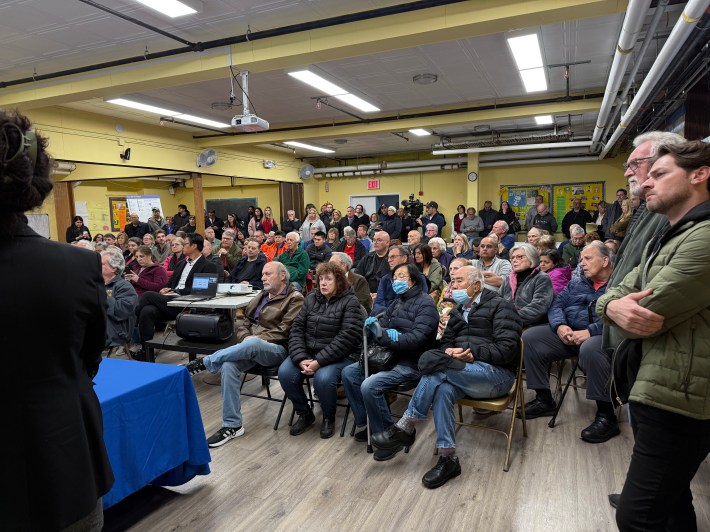
Wong also claimed the state IBX project was “packaged” with Mayor Adams's City of Yes for Housing Opportunity zoning change, an intricate piece of legislation that rezoned huge swaths of New York City for denser residential development. It’s true that activating the IBX would allow nearby landowners to build somewhat more densely, but the IBX concept predates City of Yes by decades.
Wong’s comments characterized the meeting’s conspiratorial mood. “It’s all part of the plan,” one attendee intoned darkly.
One of Wong’s future constituents pushed back on the fear that the IBX would transform Middle Village into the Financial District. “This idea, that adding public transit will instantly turn this place into towers, is something I just don’t accept. Take the R train to Bay Ridge or the Q train to Midwood. You walk one block in any direction, and it looks indistinguishable from Middle Village," said Ogle, the IBX supporter.
The idea of making it easier to reach Middle Village clearly put some attendees on edge. When an MTA representative explained how the evening would not have a formal question-and-answer period, the room erupted in protest. MTA town halls typically attract the same crowd found at community board meetings, especially those held to discuss minor rezoning proposals, where attendees often verbally abuse elected officials, developers, and their own neighbors.
"It's an embarrassment," said one neighborhood resident who gave his name as Charles. "It didn't make us look very good."
Charles contested the claim that nobody would use the new subway line. “I wanted to come out to support this, let everyone know that not everyone's against it, all the NIMBYs and all,” he said. “I just went to Brooklyn yesterday, and it took me an hour and a half by subway. This would save a lot of time. And going to Mets games as well. Just take this up to Roosevelt Avenue and to the 7.”
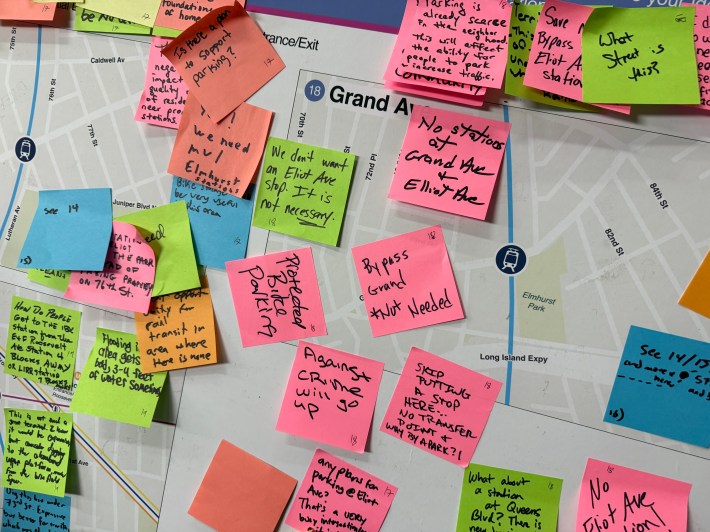
The conversation spilled over onto the Post-It notes people left on the interactive maps of the project. The negative notes were mostly vague, confusing, or incorrect...
- “This will BRING DRUGS”
- “This will bring homeless”
- ”People who live in Queens DO NOT GO to Brooklyn College — they attend Queens College”
- “Against Change Quality of Life”
...While the positive notes specified the opportunity created, and time saved, by the IBX:
- “My mom used to commute from Middle Village to FDR High School in Bensonhurst. Her commute was almost two hours each way. The IBX would have cut that in half.”
- “Scarcity of mobility is not a solution! Go IBX :)”
- “CUNY students travel from all over the boroughs, I’m excited for the universal cut in commuting time!”
- ”The IBX is going to be a positive thing for our neighborhood — LOVE IBX!!”
One IBX opponent distributed fliers decrying the dangers of living near a railroad, including dire warnings about diesel emissions and electrical infrastructure. The IBX will not run on diesel, and high-voltage electric lines are all around us in the city.
An IBX supporter argued that the meeting’s back-and-forth, however tense, might help win the opponents over. “The reason why they say nobody will use it is because they either don't listen to other people's perspectives, or haven't been exposed to them," said Elmhurst resident Francis George. "This is why it's good to listen all different views, not just negative people's views.”
